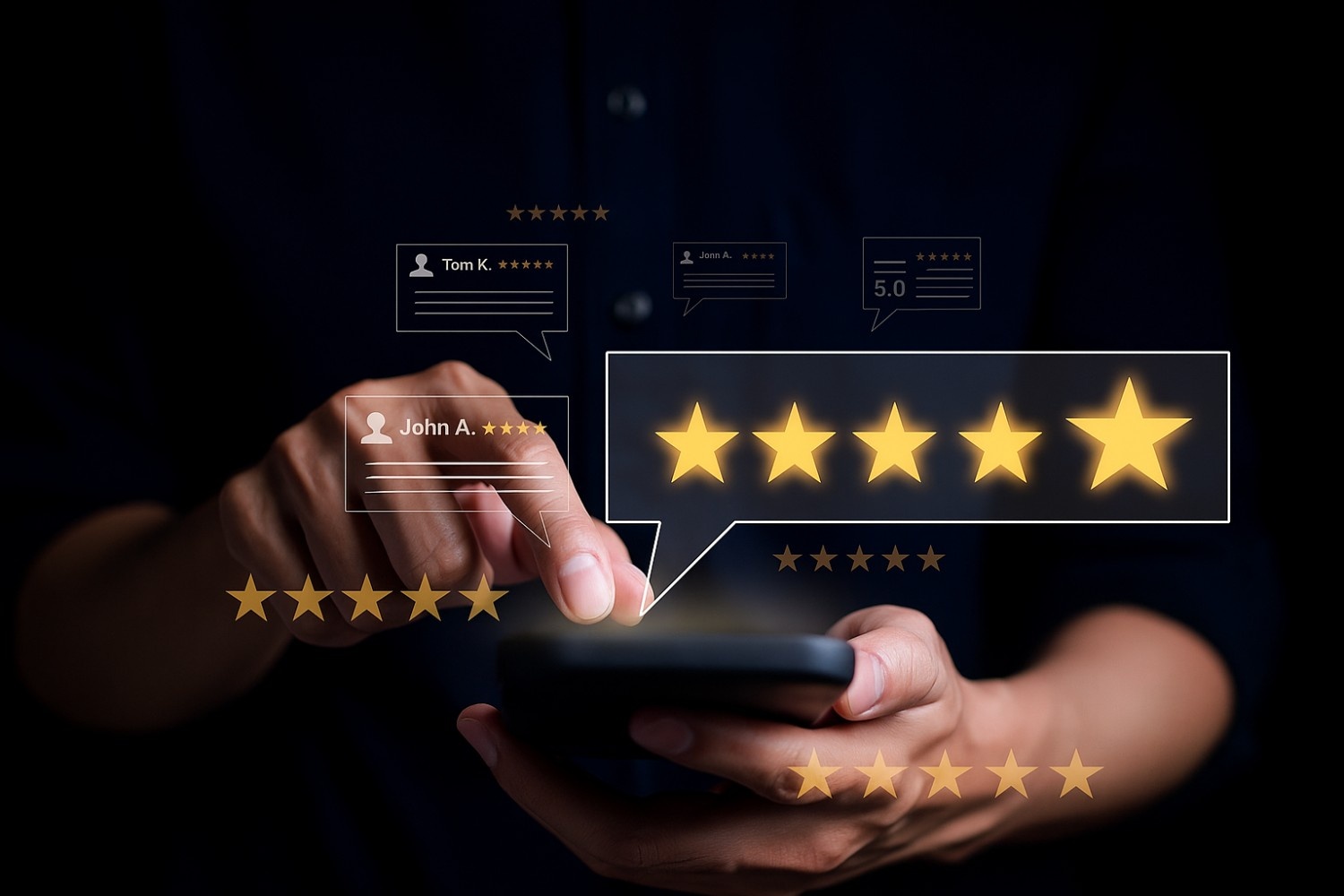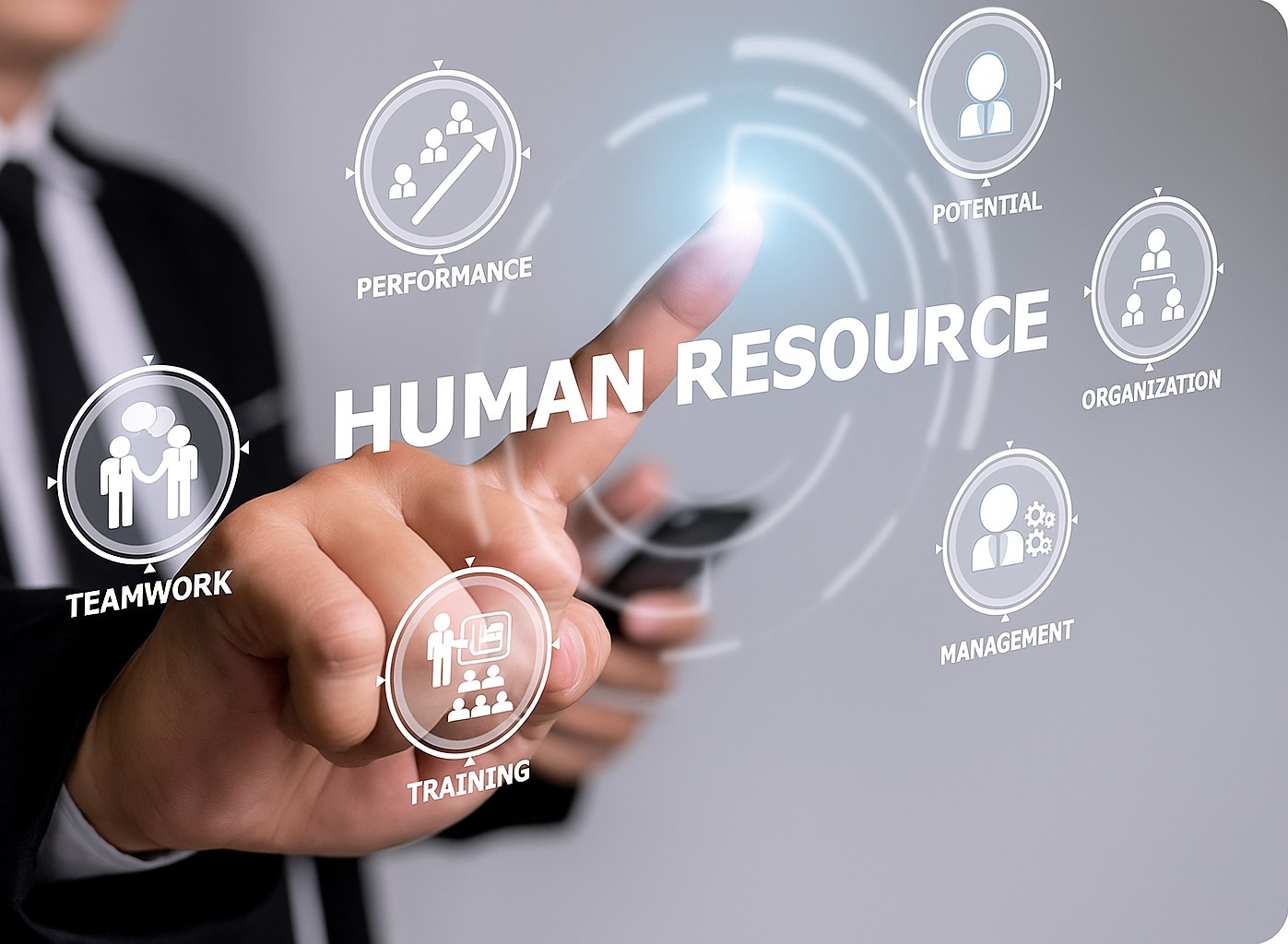Everything You Need to Know About Applicant Tracking System in a 2025 Guide
In 2025, recruitment teams are facing increasing pressure to fill roles faster while maintaining high hiring standards. For most recruiters and talent acquisition leaders, the biggest challenge is ma...

Namrata Gupta
Senior Sales Manager

In 2025, recruitment teams are facing increasing pressure to fill roles faster while maintaining high hiring standards. For most recruiters and talent acquisition leaders, the biggest challenge is managing high application volumes efficiently.
This is where applicant tracking software becomes essential. As digital hiring becomes the norm, organizations need tools that help streamline processes, reduce time-to-hire, and maintain candidate quality. A modern applicant tracking system (ATS) goes far beyond storing CVs and has become the central management system of recruitment. The global applicant tracking system market reflects this shift, which is projected to reach USD 6.31 billion by 2033, growing at a CAGR of 8.08% from 2025 to 2033.1
If you are still managing recruitment tasks manually and unsure about opting for an ATS, this blog post is for you. From understanding core functionalities to selecting the right platform, we will explain everything about applicant tracking system software to help the hiring teams. Let’s get started!
What is Applicant Tracking System Software?
An applicant tracking system is a digital platform that enables recruiters and hiring managers to manage the entire recruitment lifecycle, starting from job posting to candidate onboarding. In its early versions, it was used mainly for storing and searching resumes. However, today's ATS software is far more advanced and utilises AI and automation to manage talent pipelines and improve decision-making.
The evolution of applicant tracking system software has been majorly driven by the need for automation and data-driven recruitment. In 2025, platforms increasingly include AI algorithms that assess candidate suitability, reduce bias, and even recommend top-fit profiles. Cloud-based candidate tracking systems now allow remote collaboration among recruiters and hiring managers in real-time.
Overall, in 2025, ATS software is not just a database but a strategic recruitment tool that enables teams to work faster, smarter, and more collaboratively.
Why You Need an ATS in 2025?
Recruitment in 2025 is far more competitive and complex than ever. Companies often receive hundreds or even thousands of applications per role. For instance, Nestlé processes more than 6 million job applications annually.2 This leads to three major challenges:
Resume overload
Disjointed communication and decision-making
Poor candidate engagement due to time-consuming screening processes
Modern-age applicant tracking software solves these issues by automating manual tasks and creating structure across the hiring pipeline. Here’s how:
Automation: With AI parsing and ranking resumes as per the job description, recruiters spend less time screening hundreds of resumes manually. In fact, Companies using AI-driven ATS have reported up to a 50% reduction in time-to-hire, according to a Harvard Business Review report.3
Centralised Database: Candidate information, feedback, and communication are stored in one place, reducing duplication and errors.
Collaboration: Hiring teams can leave notes, scores, and feedback in real-time, which shortens decision-making cycles and improves accountability.
Additionally, application tracking software improves the candidate experience. Faster response times, structured communication, and prompt interview management make candidates feel valued, which improves employer branding. Research highlights that personalized candidate experiences enabled by ATS can reduce time-to-hire by up to 34% and reported a 50% reduction in application drop-off rates.
Key Features to Look for in a Modern ATS
Choosing the right applicant tracking software in 2025 requires more than just ticking boxes. Recruiters need a platform that combines usability, speed, and flexibility. Here are the essential features every modern applicant tracking system should include:
1. User-Friendly Interface
Both recruiters and hiring managers should find the ATS software easy to navigate. A clutter-free dashboard, easy functionality features, clear menus, and role-based task visibility can improve adoption across teams.
2. Mobile Optimisation
Mobile access is non-negotiable in 2025. Recruiters need to review resumes, send feedback, and communicate with candidates on the go. A mobile-optimised application tracking software improves speed and convenience for all users.
3. Resume Parsing and Duplicate Detection
AI-powered resume parsing can extract structured data from CVs in seconds. This reduces manual effort and improves accuracy. A reliable applicant tracking system software also flags duplicates, which ensures a clean and organised candidate database where recruiters don’t waste time reviewing the same resumes multiple times.
4. Job Board and CRM Integrations
Integration with job portals like Naukri or job networking sites like LinkedIn can expand candidate reach. It ensures all candidate interactions are tracked, and the hiring team gets a clear understanding of the source that’s working best for them. This not only helps improve pipeline visibility but also cuts down hiring expenses by reducing dependency on third-party candidate sourcing.
5. Custom Workflows and Interview Scheduling
Configurable hiring workflows allow organisations to tailor processes for different roles or departments. Scheduling tools and calendar integration help reduce the necessity of sending back-and-forth emails and reminding the candidates as well as interviewers, making the process faster for both recruiters and candidates.
6. Built-in Analytics and Reporting
Data is at the heart of smart hiring. Modern applicant tracking system software offers real-time visibility into position status pipelines, time-to-hire metrics, source effectiveness reports, and more. These insights allow recruiters to refine sourcing strategies and improve ROI.
Read More: Choosing the Right ATS: Key Features to Look For in 2025
Common Mistakes to Avoid When Implementing ATS
While adopting applicant tracking software brings significant benefits, improper implementation can lead to inefficiencies and drain out expenses. Here are five common mistakes organisations should avoid:
1. Poor Onboarding and Lack of Training
Teams often struggle with adoption when proper onboarding isn't provided. An effective rollout of an applicant tracking system should include hands-on training, documentation, and continuous support to ensure full usage.
2. Over-reliance on Automation
Recruitment automation is valuable, but excessive use without human oversight can lead to impersonal candidate experiences. For instance, recruiters may overlook good candidates if they rely solely on keyword matching.
3. Not Tracking Metrics
Without measuring key performance indicators such as time-to-fill, source of hire, or offer acceptance rate, it's difficult to optimise processes. A well-implemented application tracking software should include clear reporting tools.
4. Choosing a Non-Scalable Solution
Some teams pick an applicant tracking system software that suits their current size but lacks flexibility for future needs. As hiring volumes increase, a scalable system is crucial to maintain speed and accuracy.
Avoiding these pitfalls ensures your investment in the best recruiting software pays off over the long term.
Read More: 7 Common Mistakes to Avoid When Using Applicant Tracking System (ATS) Software
How to Maximise ROI from Your ATS?
Implementing applicant tracking software is only the beginning. To realise its full value, organisations must align system use with their broader recruitment goals.
1. Align with Hiring Strategy: The applicant tracking system should reflect your hiring priorities. For example, if diversity is a goal, configure your filters and reports to monitor DEI metrics.
2. Audit Workflows Regularly: Outdated workflows lead to inefficiencies. Reviewing and updating hiring stages, communication templates, and approval processes ensures your ATS software stays aligned with current needs.
3. Train Teams Consistently: Many organisations underuse features due to a lack of training. Schedule regular refreshers and share best practices across departments. This maximises consistent and efficient usage of the application tracking software.
4. Use Data to Optimise Decisions: Modern applicant tracking system software provides insights into sourcing channels, conversion rates, and bottlenecks. Use this data to refine outreach strategies and reduce time-to-hire.
5. Keep Templates Updated: Review job descriptions, filters, and email templates regularly. Doing so helps ensure relevance and improves candidate engagement.
Choosing the Right ATS for Your Business
Selecting the right applicant tracking software depends on business size, complexity, and hiring goals. Here are key factors to consider:
1. Key Selection Criteria
Automation and AI-powered features
Scalability for future growth
Intuitive interface for easy navigation
Integration with job boards, HRIS, and email
Responsive customer support
Flexible, transparent, tiered pricing
2. SME vs Enterprise Needs
SMEs benefit from ease of use, minimal setup, and cost efficiency. Enterprises typically require custom workflows, security controls, and advanced analytics. Your ATS software must match your company’s scale and structure.
3. Cloud-Based vs On-Premise
In 2025, most companies prefer cloud-based application tracking software for remote accessibility, faster deployment, and lower maintenance costs. On-premise systems suit firms with strict data governance policies.
Read More: The Ultimate Guide to Selecting the Right Recruitment Software
Which Applicant Tracking System is the Best?
Talentpool is one of the best recruitment software in India, built to serve the complex needs of both mid-sized and large enterprises. Our AI-powered applicant tracking system software streamlines recruitment processes while providing a user-friendly, scalable solution designed for today’s hybrid hiring environments. While Talentpool is AI-first, we uphold the highest standards of data security and compliance. Your recruitment data is encrypted, securely stored, and protected at all times to maintain confidentiality and integrity.
Here are some of Talentpool’s standout features:
1. Centralised Candidate Database: Talentpool acts as a single source of the recruitment process by consolidating all candidate data into a searchable, well-organised repository. Recruiters can easily access resumes, application history, feedback, and communication in one place.
2. AI-Driven Resume Screening and Ranking: Talentpool’s AI engine parses resumes, removes duplicates, and ranks candidates based on their fit for specific roles. Our AI summary can even help the hiring team bypass the technical round by sharing direct recommendations on whether to shortlist a candidate for the next round. This shortens the time-to-screen and boosts accuracy.
3. Custom Workflows and Role-Based Access: We offer role-based modules for each stakeholder to improve the visibility of priority tasks to be done by each stakeholder. It helps recruiters, hiring managers, CHROs, and other members of the hiring team to collaborate effectively without getting overwhelmed with unnecessary data.
4. Mobile-First Interface with MAYA: Talentpool’s chatbot assistant, MAYA, allows hiring managers to submit feedback directly from their mobile. This mobile-first approach improves real-time collaboration and speeds up decision-making.
5. Seamless Integration Capabilities: Talentpool integrates easily with job boards, HRMS platforms, background verification services, and calendar tools like Outlook and Google Calendar. This ensures minimal disruption to existing workflows.
6. Interview Management Tools: With Talentpool, recruiters can schedule interviews, sync calendars, send automated reminders, and track feedback, all from within the platform. This reduces manual coordination and improves the candidate journey.
7. Analytics and Reporting Dashboard: Talentpool provides custom dashboards for metrics like time-to-hire, source effectiveness, pipeline status, and offer drop-off. These insights help hiring teams make data-driven decisions and continuously improve their hiring strategy.
8. Dedicated Customer Support: Talentpool offers round-the-clock customer support to ensure your team is never left without help. Our support staff are available to assist with troubleshooting, onboarding, and maximising platform usage.
Moreover, we introduce new features and enhancements every month based on feedback from our clients. This ensures the platform evolves and upgrades in line with your business needs and adapts to the changing hiring needs. If you’re ready to modernise your recruitment stack, Talentpool offers the right mix of functionality, flexibility, and support to help you hire better and faster.
Conclusion
In 2025, implementing applicant tracking software has become a necessity to get top talents before your competitors. With recruitment teams managing growing volumes of applications and increasingly distributed hiring processes, an advanced AI-based applicant tracking system ensures order, speed, and smarter decision-making. For businesses looking to improve their hiring process, investing in the right application tracking software can make all the difference. It’s not just about filling positions faster; it’s about hiring better, more consistently, and more strategically.
Want to see how a modern ATS can work for you? Schedule a demo with Talentpool or contact our team at info@thetalentpool.co.in to get started.

Tags

Namrata Gupta
Senior Sales Manager
Namrata Gupta is a key member of the Talentpool team, bringing extensive experience in talent acquisition and recruitment technology to help companies build better hiring processes.






